The thrill of ascending a frozen waterfall or scaling an ice-covered cliff represents one of winter’s most exhilarating challenges. Ice climbing transforms otherwise impassable winter landscapes into vertical playgrounds for adventurous souls.
While certainly demanding both physically and mentally, modern equipment and professional guiding services have made this once-extreme activity increasingly accessible to newcomers seeking a unique cold-weather adventure. Here is a list of 20 exceptional ice climbing destinations around the world, ranging from beginner-friendly locations to legendary sites that attract the sport’s elite practitioners.
Ouray Ice Park, Colorado, USA
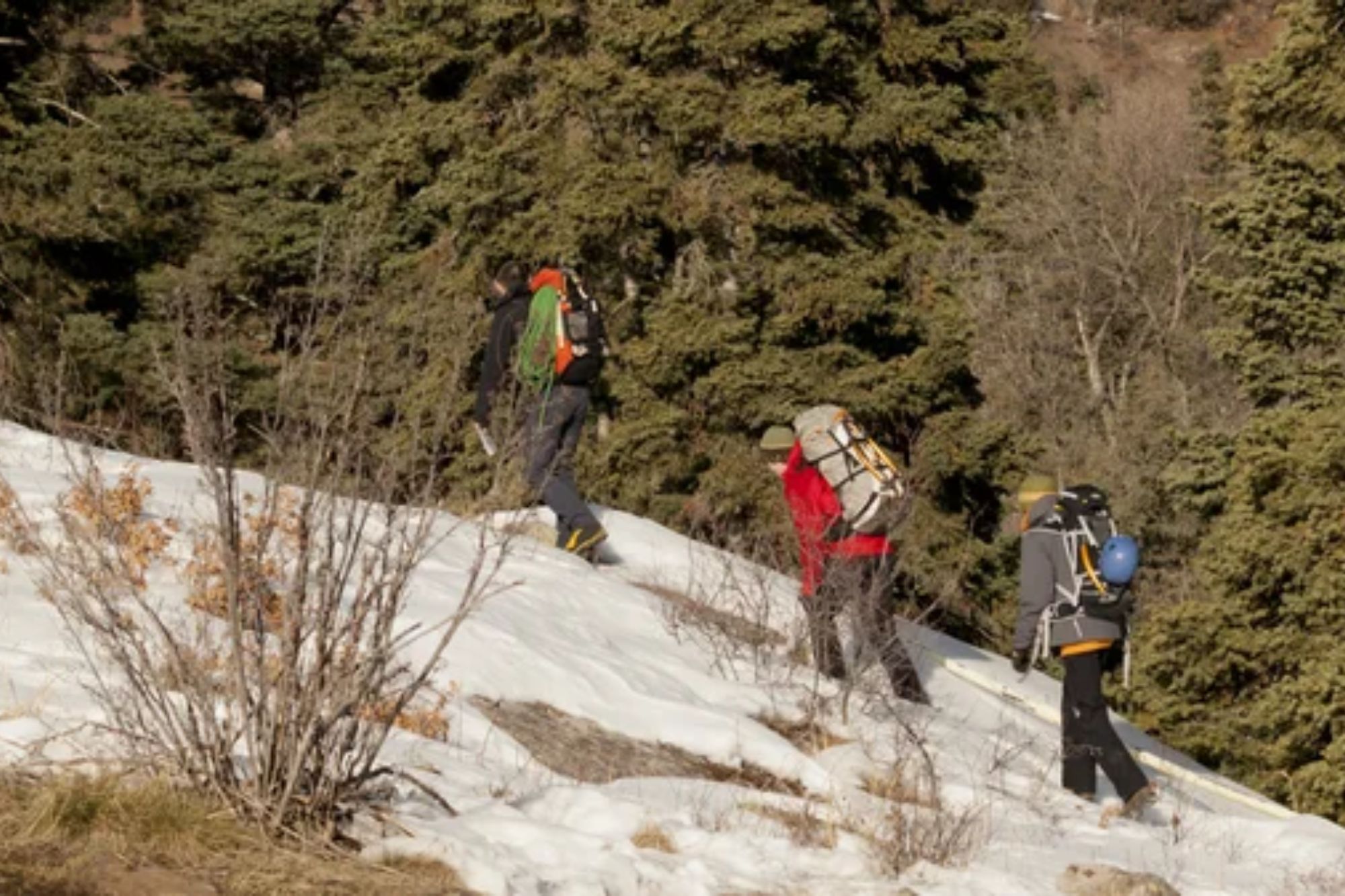
This man-made ice climbing venue has revolutionized the sport’s accessibility, featuring over 200 routes in a spectacular mountain setting. Water is deliberately channeled down the Uncompahgre Gorge walls each winter, creating reliable ice formations perfect for climbers of all abilities.
The park’s proximity to the charming Victorian-era town of Ouray provides comfortable amenities after a challenging day on the ice. The annual Ouray Ice Festival, held each January, draws elite climbers and newcomers alike for clinics, competitions, and gear demonstrations.
Banff National Park, Alberta, Canada
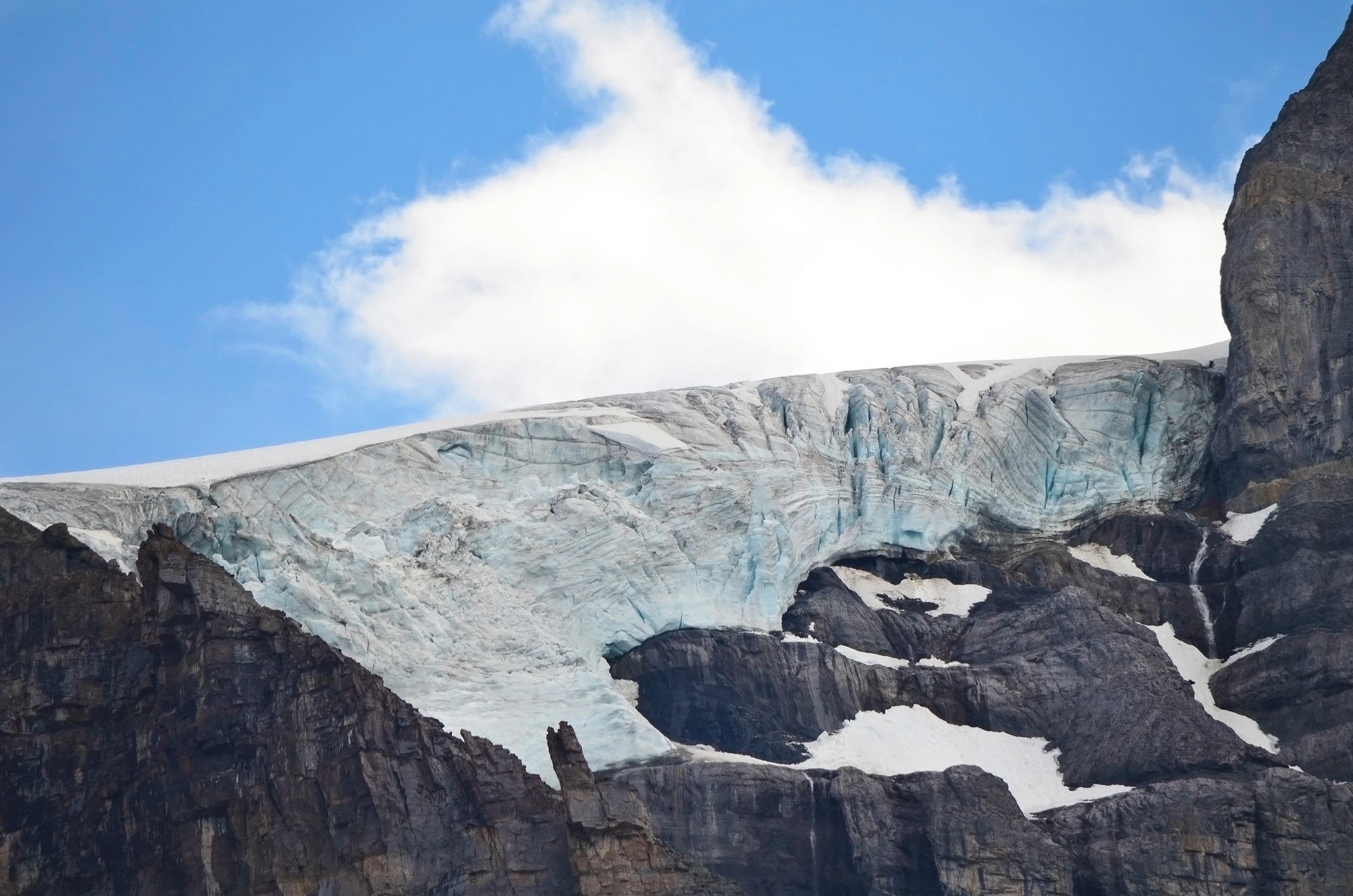
The Canadian Rockies offer some of North America’s most consistent and high-quality ice climbing, with the area around Banff featuring numerous frozen waterfalls in a breathtaking alpine setting. Routes like Cascade Falls provide accessible options for beginners, while the legendary Professor Falls challenges even experienced climbers with multiple pitches of demanding ice.
The nearby town of Canmore serves as an excellent base with numerous guide services specializing in introducing newcomers to the sport.
Rjukan, Norway
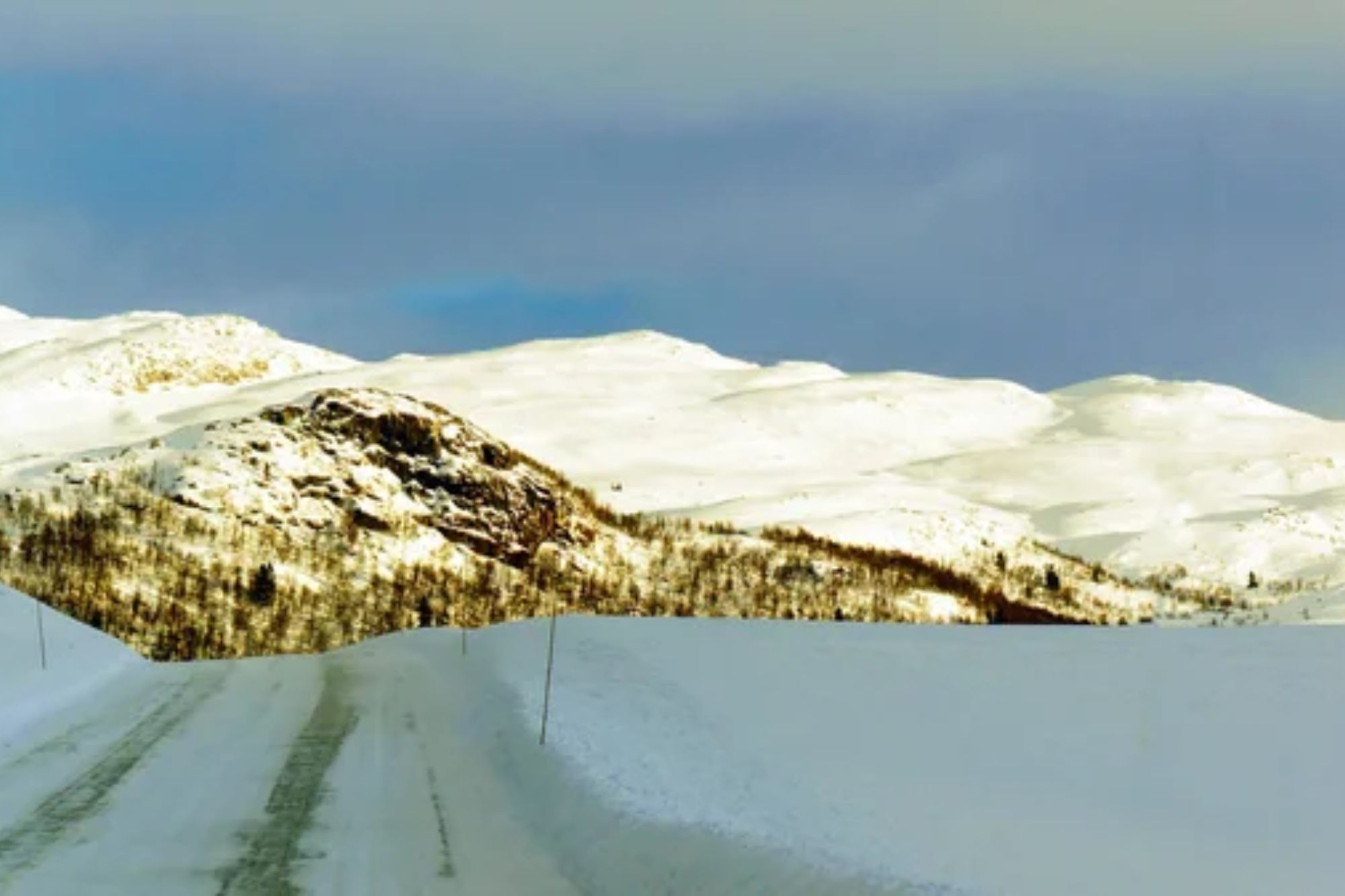
This Norwegian valley boasts over 150 ice routes within a compact area, making it Europe’s premier ice climbing destination. The town’s northern latitude ensures reliable ice formation from November through March, with routes ranging from gentle flows perfect for beginners to the famous Lipton route, a formidable WI7 challenge that attracts elite climbers from around the world.
The area’s fascinating World War II history—including the site of the famous heavy water sabotage operation—adds cultural depth to a climbing trip.
Like Travel Pug’s content? Follow us on MSN.
Cogne Valley, Italy
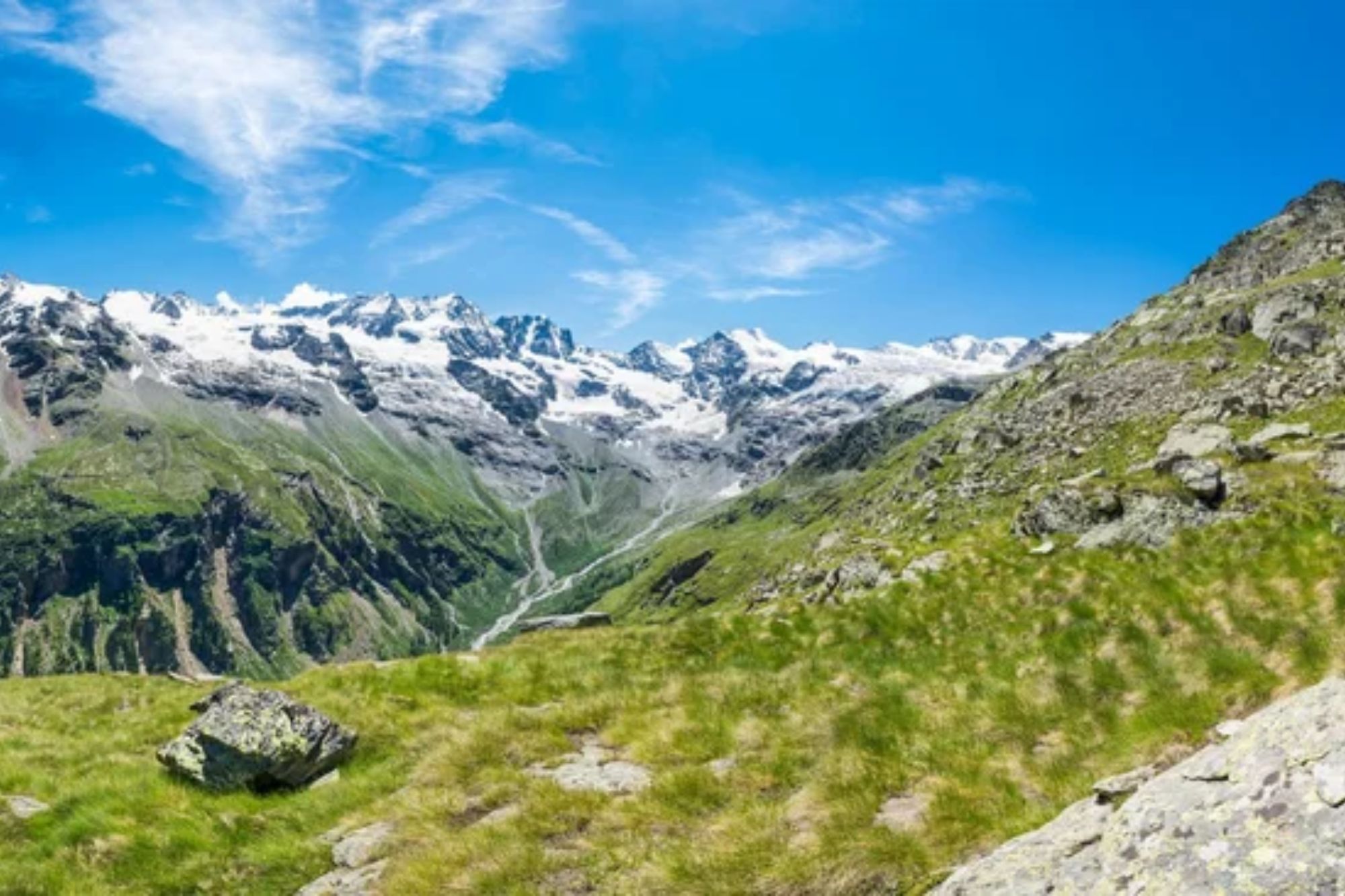
The picturesque valleys around this Italian village contain more than 150 frozen waterfalls, drawing ice enthusiasts from across Europe. The most popular areas of Lillaz and Valontey offer diverse climbing experiences on high-quality ice formations, with many routes situated conveniently close to access roads.
The region’s traditional Italian mountain cuisine provides perfect post-climbing recovery fuel, with local specialties like fontina cheese and hearty polenta dishes warming climbers after a day in the cold.
Kandersteg, Switzerland
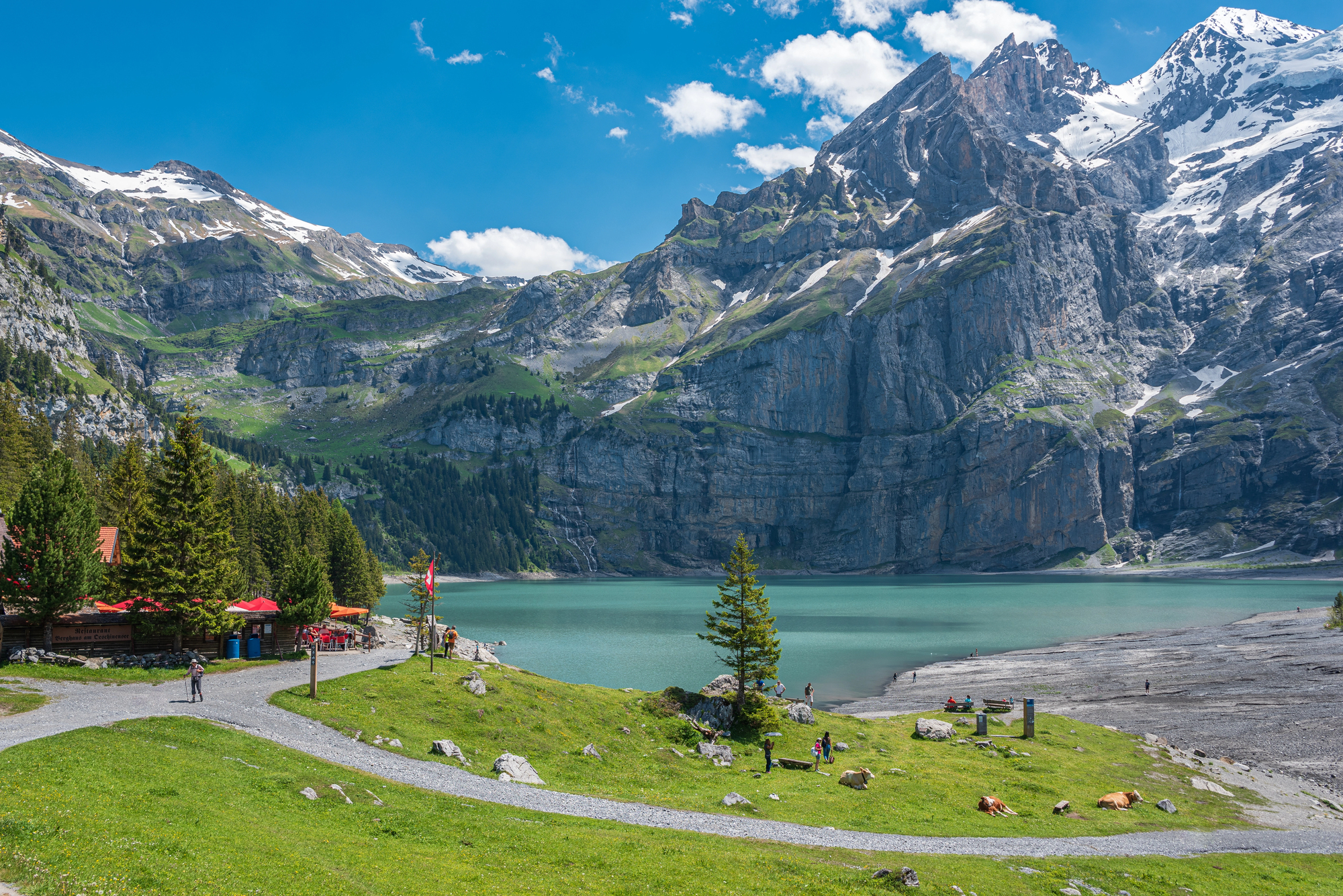
This Swiss alpine village transforms into an ice climbing paradise each winter, with numerous frozen waterfalls set against stunning mountain backdrops. The Oeschiwald area caters particularly well to beginners with moderate routes and easy access, while more experienced climbers can test themselves on longer, more demanding lines in the Gasterntal valley.
The reliable public transportation network makes this destination unusually accessible for an alpine climbing area, with trains connecting directly to major European cities.
Helmcken Falls, British Columbia, Canada
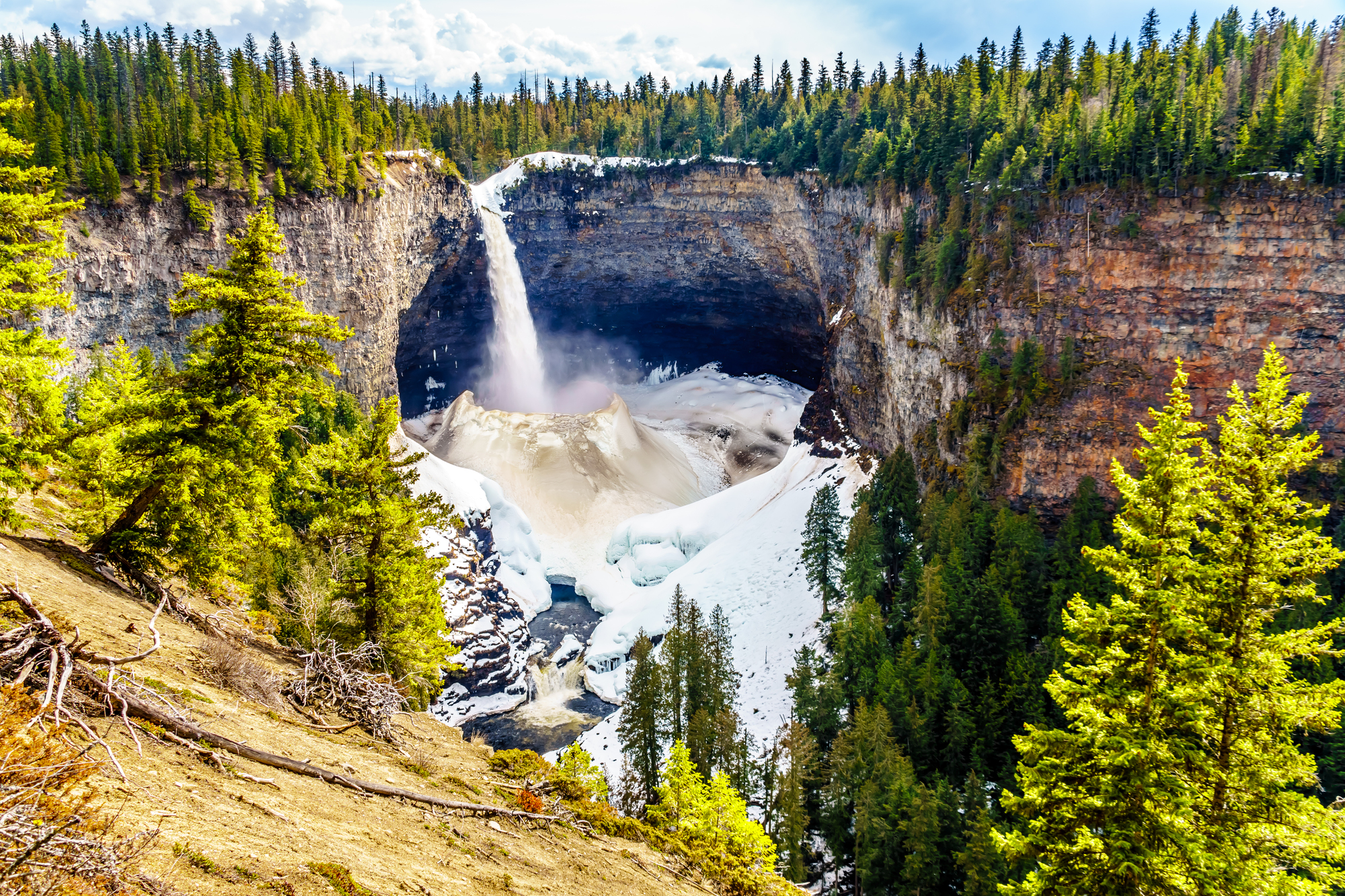
Home to what many consider the world’s most difficult ice climb, this 463-foot waterfall in Wells Gray Provincial Park has pushed the boundaries of what’s possible on ice. The cave behind the falls creates uniquely overhanging ice formations that have allowed elite climbers to establish routes rated up to WI13.
While the hardest lines remain accessible only to world-class athletes, the surrounding park offers more moderate ice climbing opportunities suitable for recreational climbers seeking this iconic location’s atmosphere.
Like Travel Pug’s content? Follow us on MSN.
Hyalite Canyon, Montana, USA
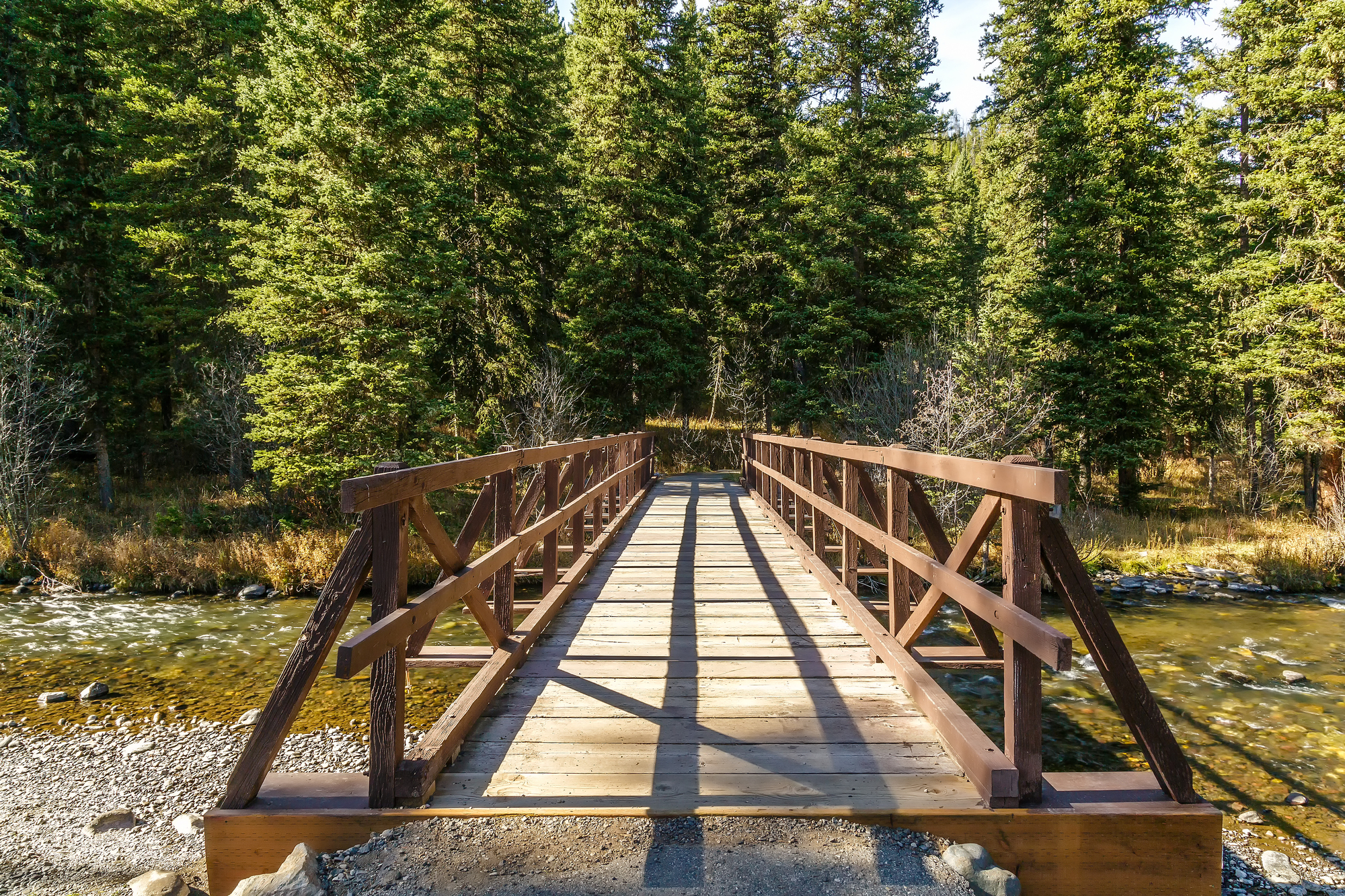
This accessible ice climbing destination near Bozeman features over 250 routes within a scenic mountain canyon. The variety of ice formations includes everything from moderate flows ideal for beginners to challenging mixed routes that incorporate both rock and ice techniques.
The canyon’s relatively stable weather patterns and reliable ice formation have made it a favorite training ground for American ice climbers. Many routes are within a short hike from parking areas, allowing climbers to maximize time on the ice.
Vall de Boí, Spain
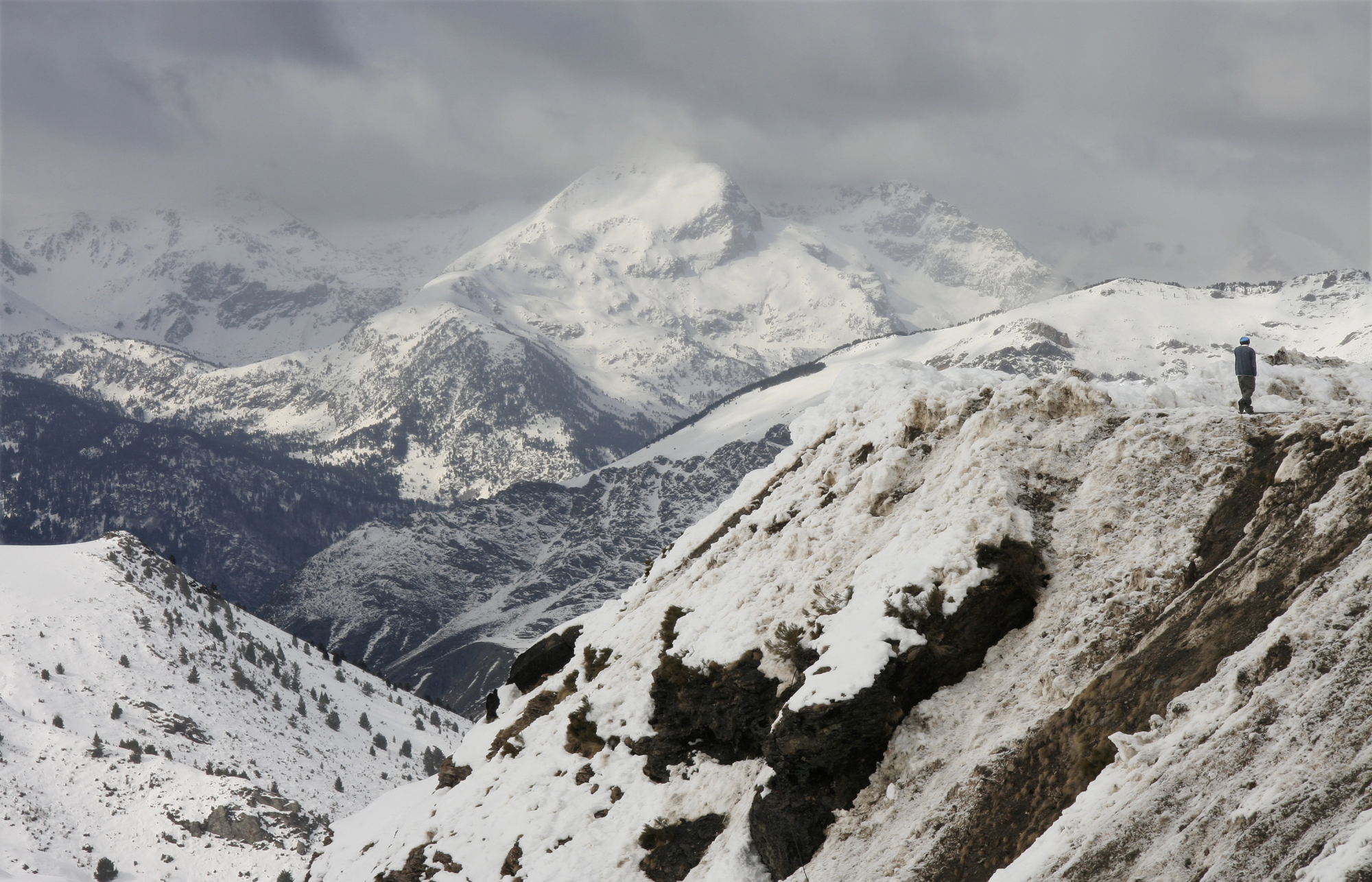
The Spanish Pyrenees might not be the first location that comes to mind for ice climbing, yet this picturesque valley delivers excellent Mediterranean ice climbing opportunities. The area’s unique microclimate creates reliable ice formations each winter despite the relatively southern latitude.
The cultural bonus of climbing amid medieval Romanesque churches recognized as UNESCO World Heritage sites adds a distinctive dimension to the experience. Local accommodations in traditional stone buildings provide an authentic ambiance and hearty Catalan cuisine.
Valdez, Alaska, USA
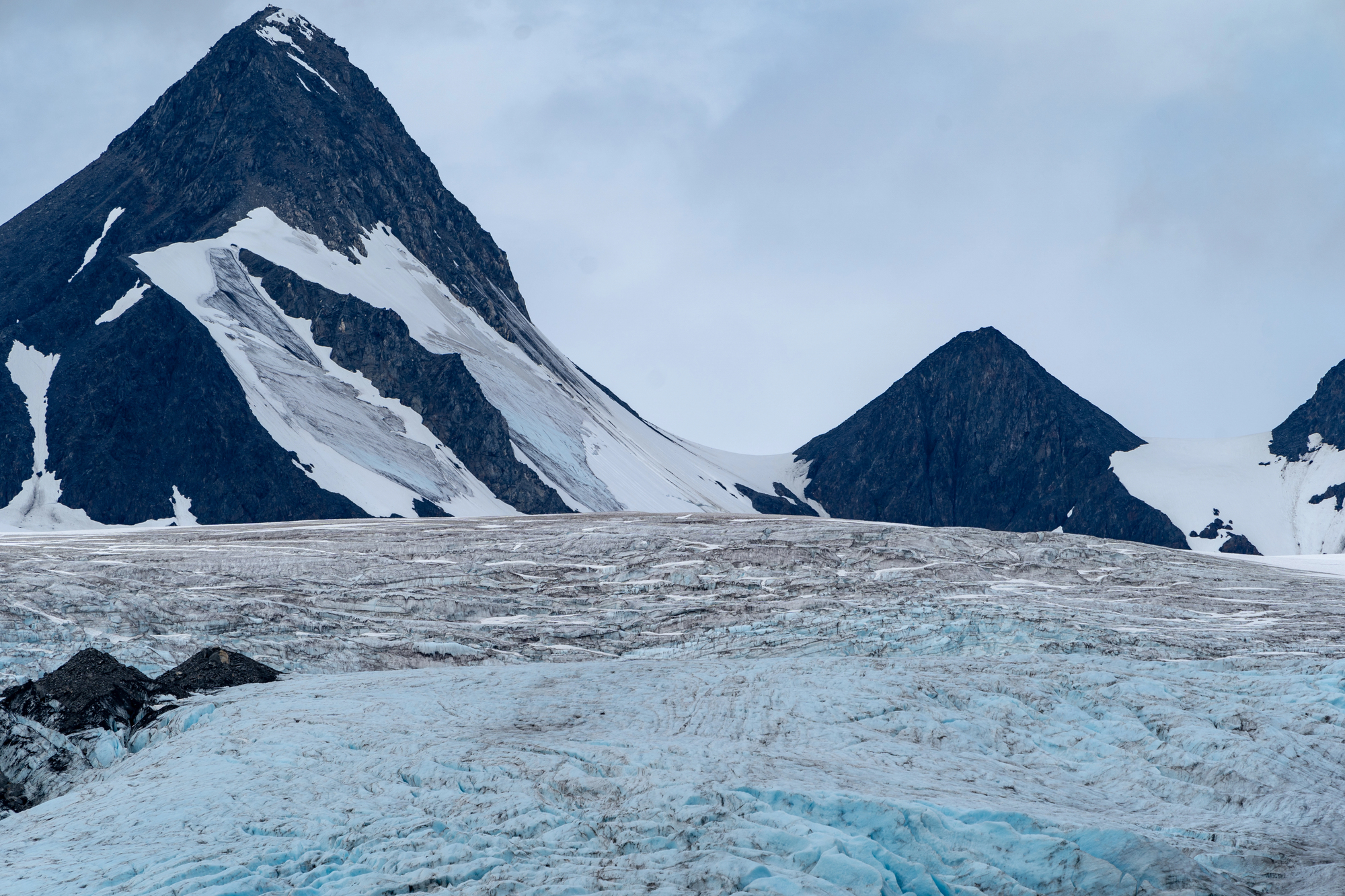
The coastal mountains surrounding this small Alaskan port town collect extraordinary amounts of precipitation, creating some of North America’s most massive ice formations. Keystone Canyon, in particular, features spectacular frozen waterfalls that attract experienced climbers seeking challenging, multi-pitch routes.
The combination of maritime and alpine influences creates unique climbing conditions. At the same time, the potential for helicopter access to remote ice formations appeals to adventurers seeking wilderness experiences beyond road-accessible areas.
Like Travel Pug’s content? Follow us on MSN.
Hokkaido, Japan
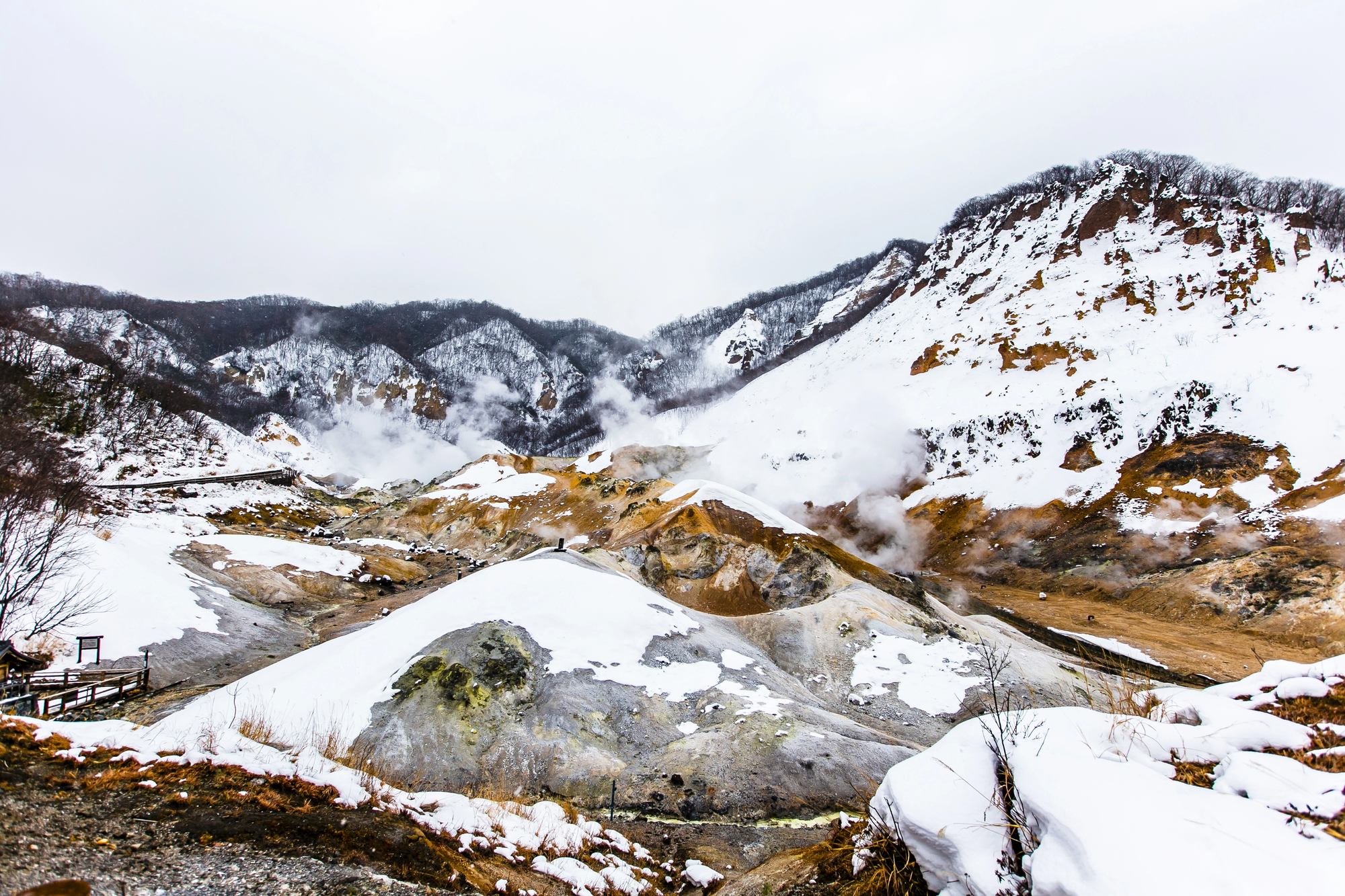
Japan’s northernmost island offers a distinctly Asian ice climbing experience with excellent formations set amid bamboo forests and volcanic landscapes. The consistently cold winters and abundant precipitation create reliable conditions, particularly in the areas around Sounkyo Gorge, where towering ice pillars form each season.
The ability to combine challenging climbing days with relaxing evenings in traditional Japanese onsen (hot springs) provides a uniquely rejuvenating experience that distinguishes Hokkaido from other ice destinations.
South Korea’s Seoraksan National Park
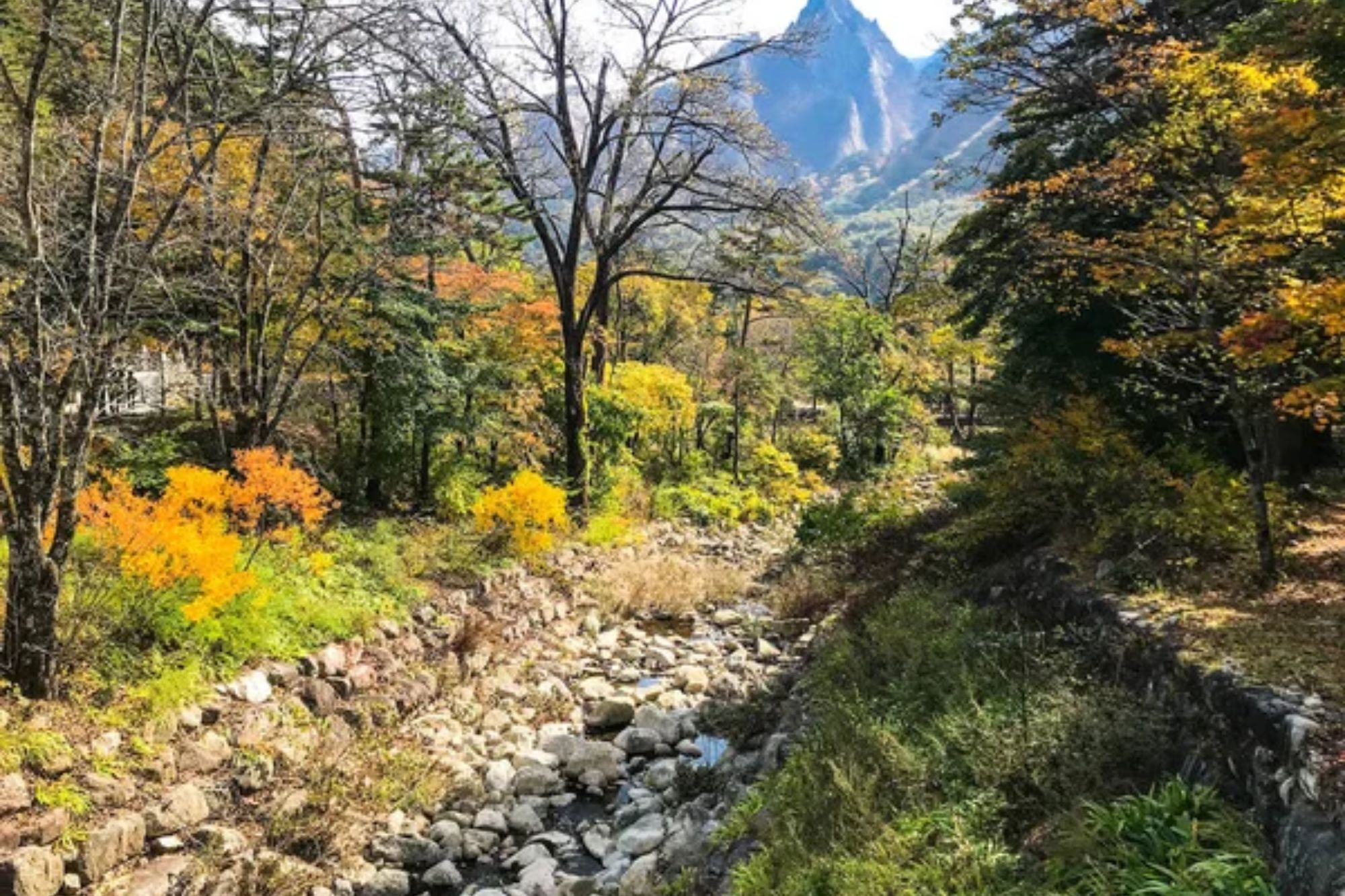
This mountainous region transforms into a frozen paradise each winter, with numerous waterfalls transitioning from summer tourist attractions to winter climbing challenges. The region’s frigid continental climate ensures consistent ice formation from December to February.
The accessibility of many routes from Seoul makes this an excellent destination for urban climbers seeking weekend adventures. Cultural experiences, including Korean bathhouses and traditional temple stays, complement the physical challenges of climbing days.
Scottish Highlands, United Kingdom
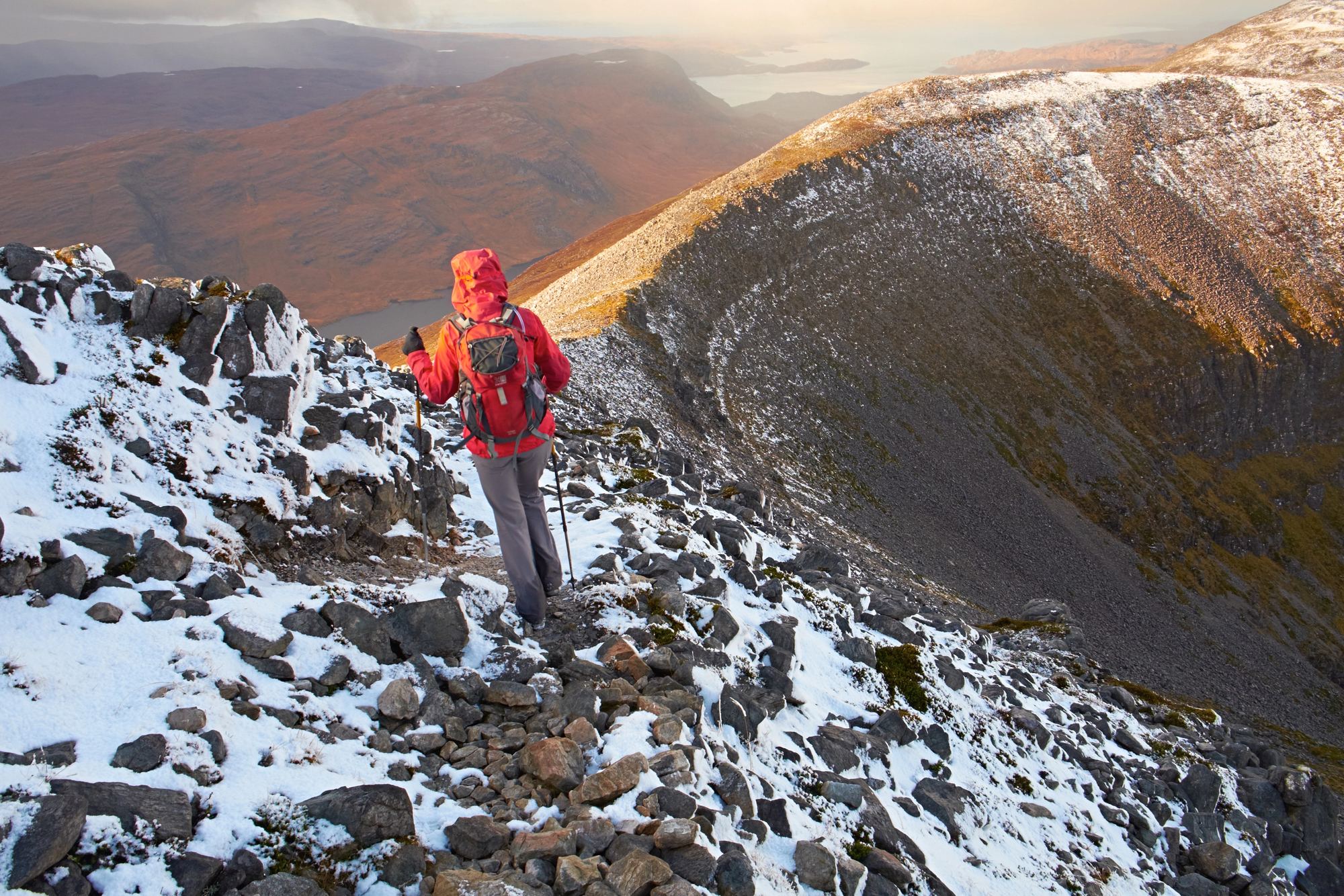
Scotland’s notoriously fickle weather creates challenging but rewarding ice climbing conditions across the Highlands. Areas like Ben Nevis, Glencoe, and the Cairngorms feature technical ice routes that have played a crucial role in developing modern mixed climbing techniques.
The Scottish approach to winter climbing embraces challenging conditions rather than seeking perfect ice, creating resilient climbers comfortable in varied alpine situations. Post-climbing visits to historic pubs serving warming whiskies remain an essential part of the experience.
Like Travel Pug’s content? Follow us on MSN.
Patagonia, Argentina
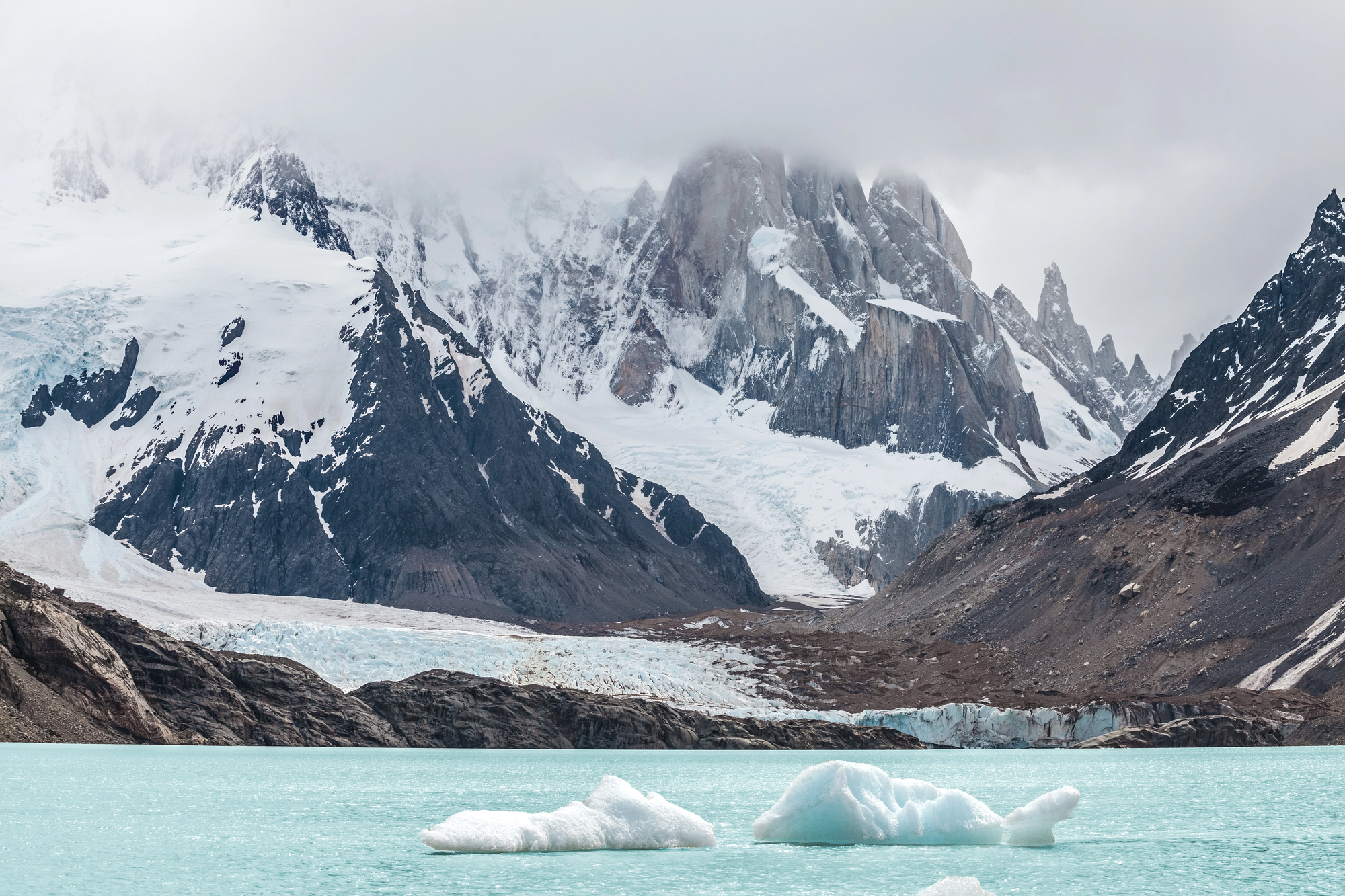
The glaciated landscape of Patagonia offers ice climbing experiences in the Southern Hemisphere’s winter (June-September), providing northern climbers an off-season opportunity. The massive Viedma Glacier presents numerous climbing possibilities within spectacular surroundings of turquoise ice formations.
The remote location requires genuine commitment but rewards visitors with pristine wilderness experiences far from climbing crowds. Nearby El Chaltén provides a base with surprising culinary quality in an otherwise isolated region.
Lofoten Islands, Norway
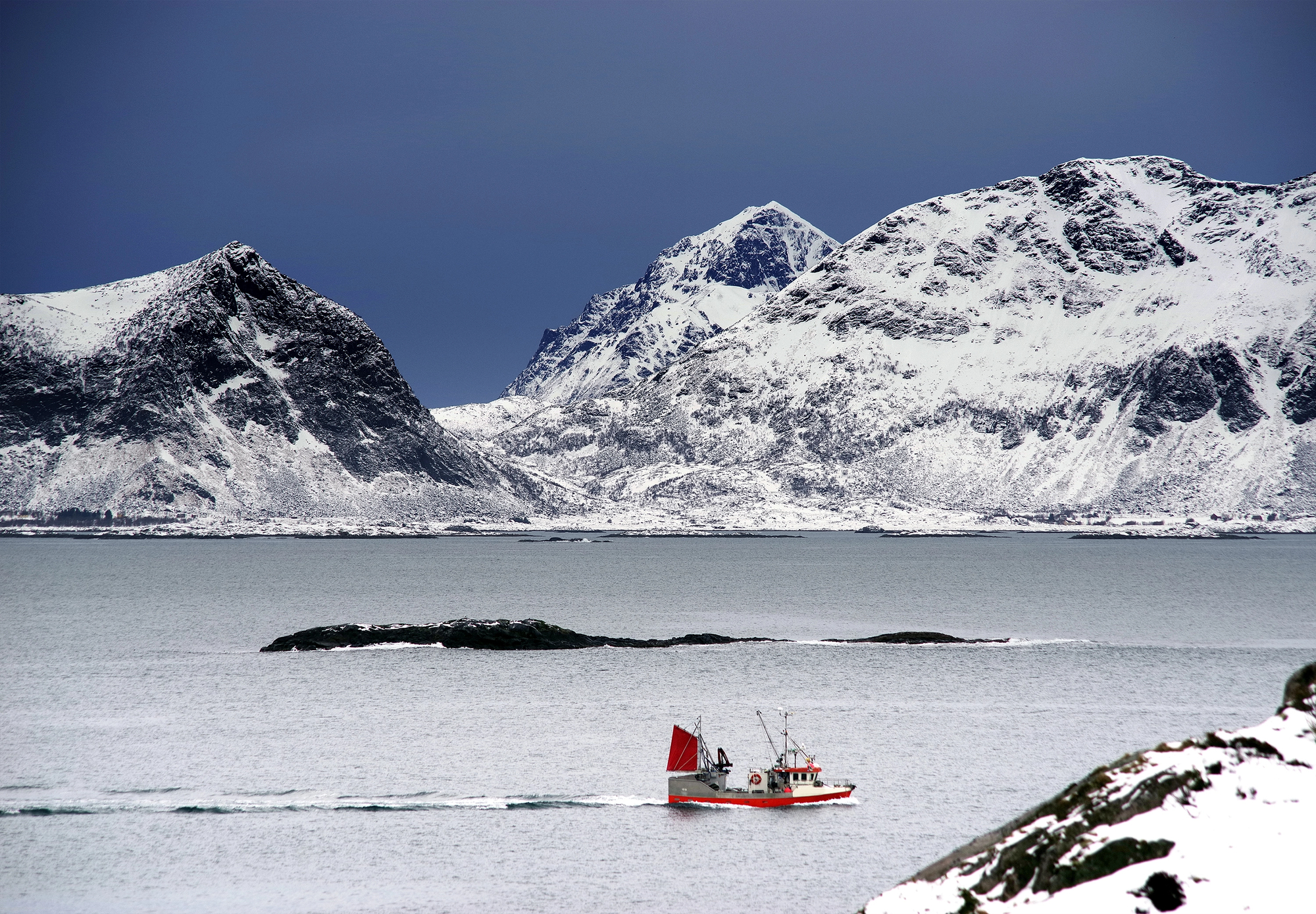
These dramatic islands rising directly from the Norwegian Sea create a uniquely maritime ice climbing environment. The proximity of mountains to the temperate influence of the Gulf Stream means ice routes form and disappear quickly, requiring adaptability and good timing.
The potential to climb under the northern lights during winter’s continuous darkness creates magical experiences unavailable elsewhere. Traditional fishermen’s cabins are converted to climbers’ accommodations, providing authentic lodging options along the shoreline.
Icefields Parkway, Alberta, Canada
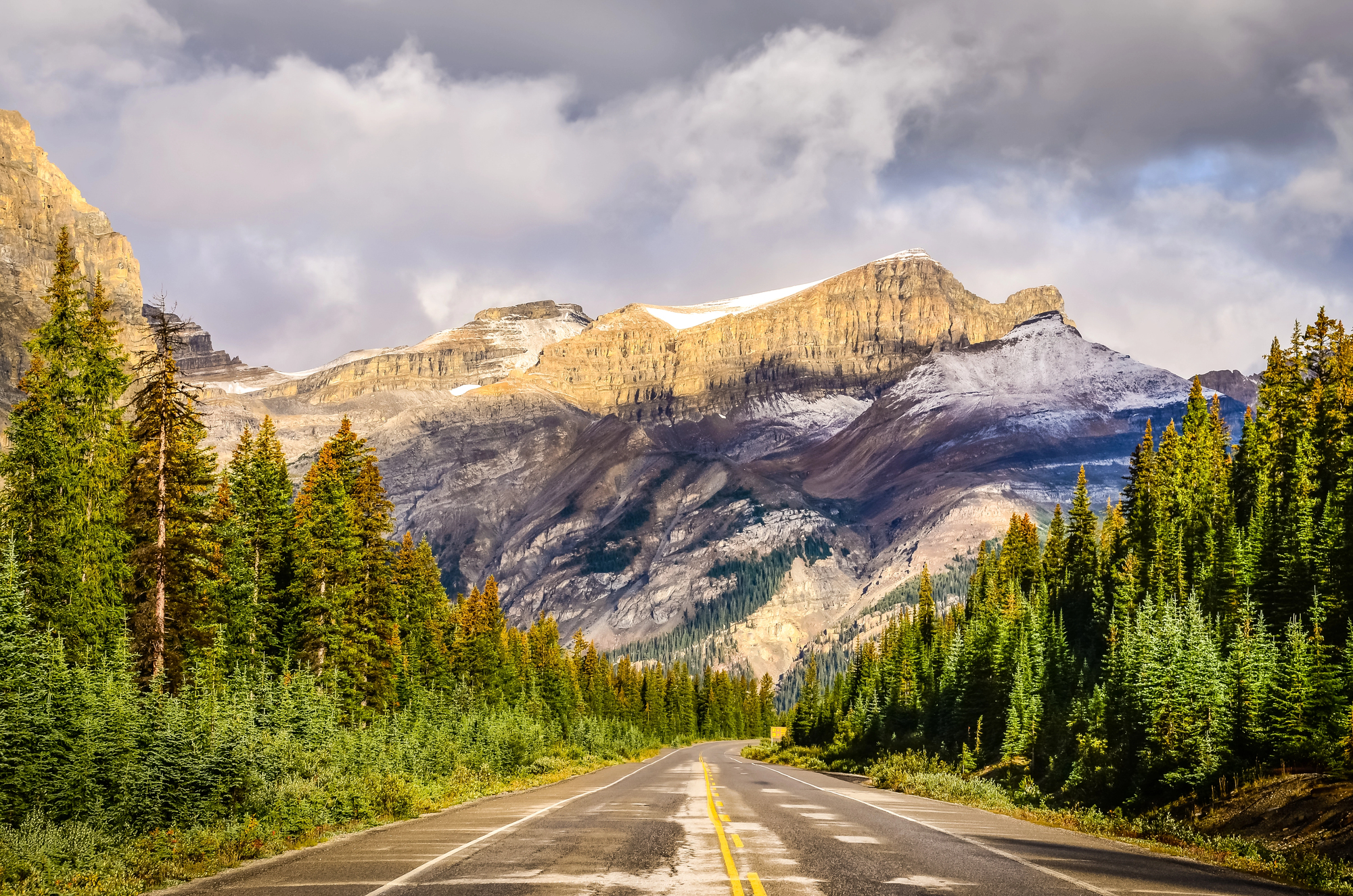
This scenic highway connecting Banff and Jasper National Parks provides access to an extraordinary concentration of world-class ice climbs. The easily visible routes from the roadway make for efficient scouting, while the consistent cold temperatures of the Canadian Rockies ensure reliable ice formation.
Classic routes like Weeping Wall and Polar Circus have achieved legendary status among North American ice climbers. The relatively straightforward approaches from the plowed parkway make this area surprisingly accessible despite its remote mountain setting.
Like Travel Pug’s content? Follow us on MSN.
Mount Washington, New Hampshire, USA
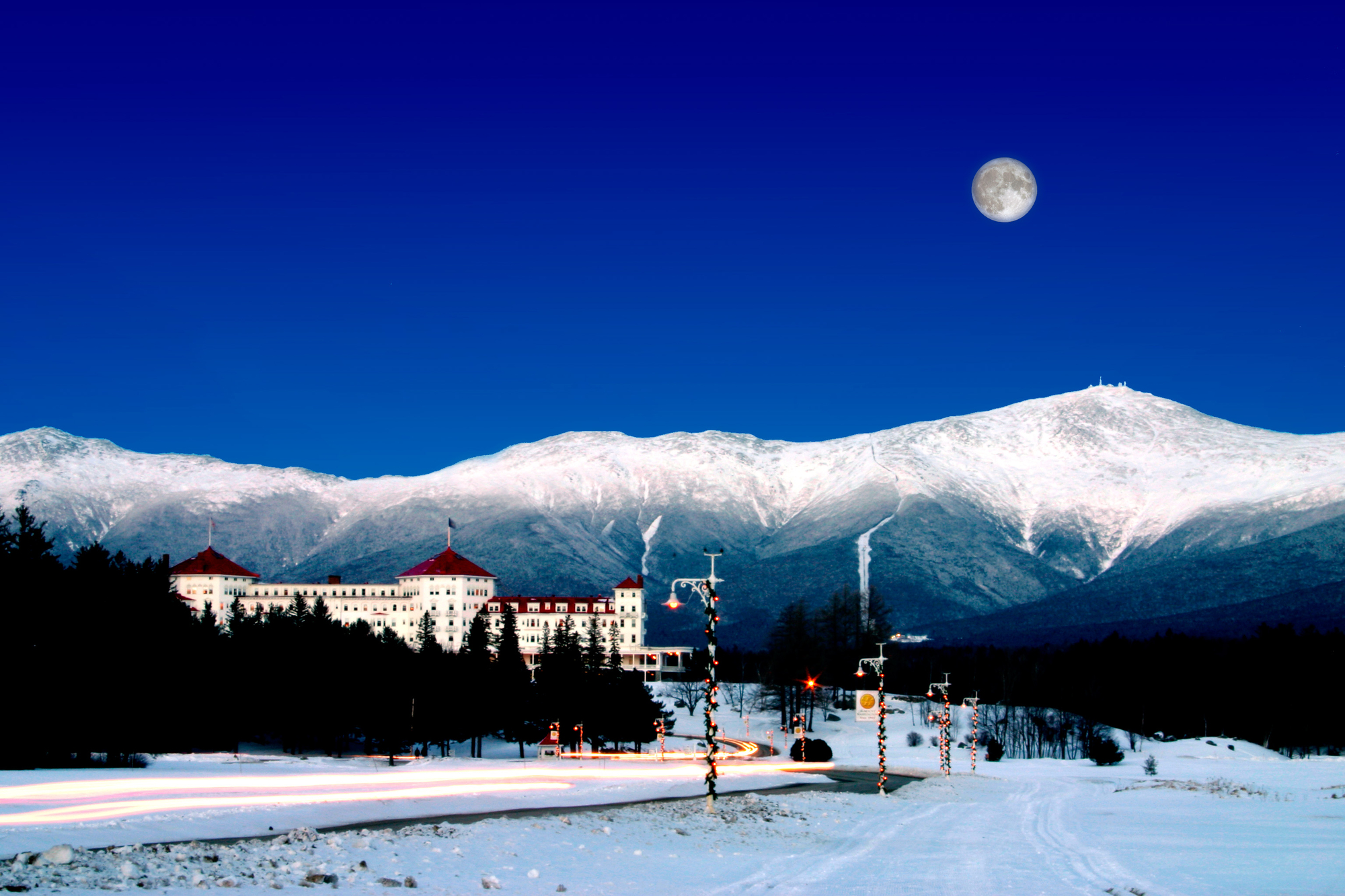
The notorious “home of the world’s worst weather” creates exceptional alpine conditions in this compact but challenging mountain. Huntington Ravine features numerous gullies that collect snow and ice, forming technical routes requiring full winter mountaineering skills.
The mountain’s accessibility from major East Coast population centers makes it a vital training ground for aspiring ice climbers. The historic Harvard Cabin provides rustic accommodations for dedicated climbers looking to maximize time on the mountain.
Bridal Veil Falls, Telluride, Colorado, USA
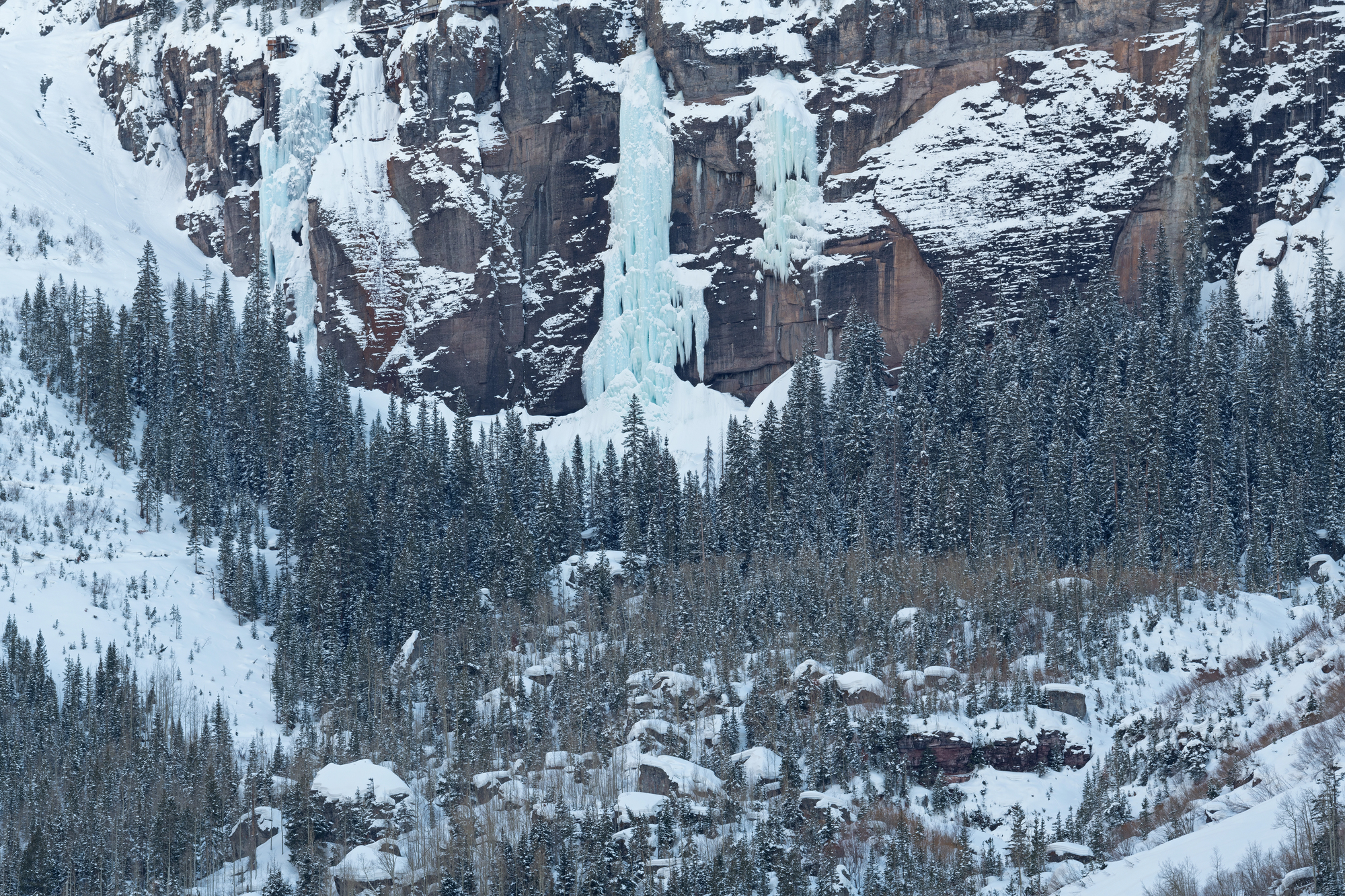
This iconic 365-foot frozen waterfall in a box canyon behind the historic mining town of Telluride represents one of North America’s most aesthetic ice climbs. The route’s visibility from town creates a natural spectator experience, with climbers performing on what feels like a vertical stage.
The consistent formation of the falls makes it a reliable objective, while its moderate difficulty provides an attainable goal for intermediate climbers. The vibrant atmosphere of Telluride offers excellent post-climbing relaxation options.
Lauterbrunnental, Switzerland
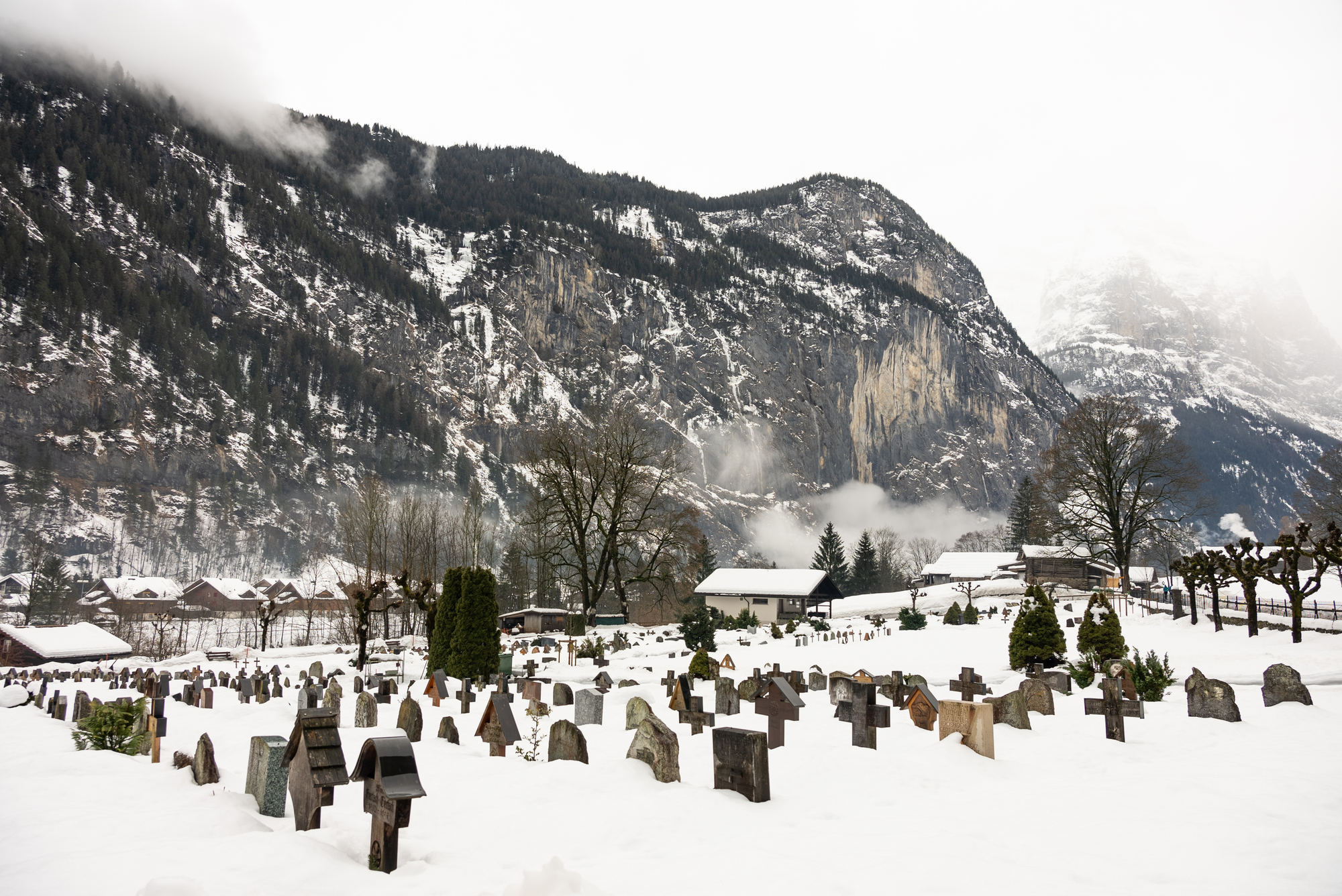
This spectacular glacial valley features numerous cascades that transform into ice climbs each winter, all set beneath the imposing north faces of the Bernese Alps. The valley’s exceptional natural beauty has earned it UNESCO World Heritage status, creating a backdrop of unparalleled alpine scenery.
The efficient Swiss transportation system provides easy access despite the seemingly remote setting. The nearby village of Lauterbrunnen offers comfortable accommodations within walking distance of several climbing areas.
Like Travel Pug’s content? Follow us on MSN.
Mýrdalsjökull, Iceland
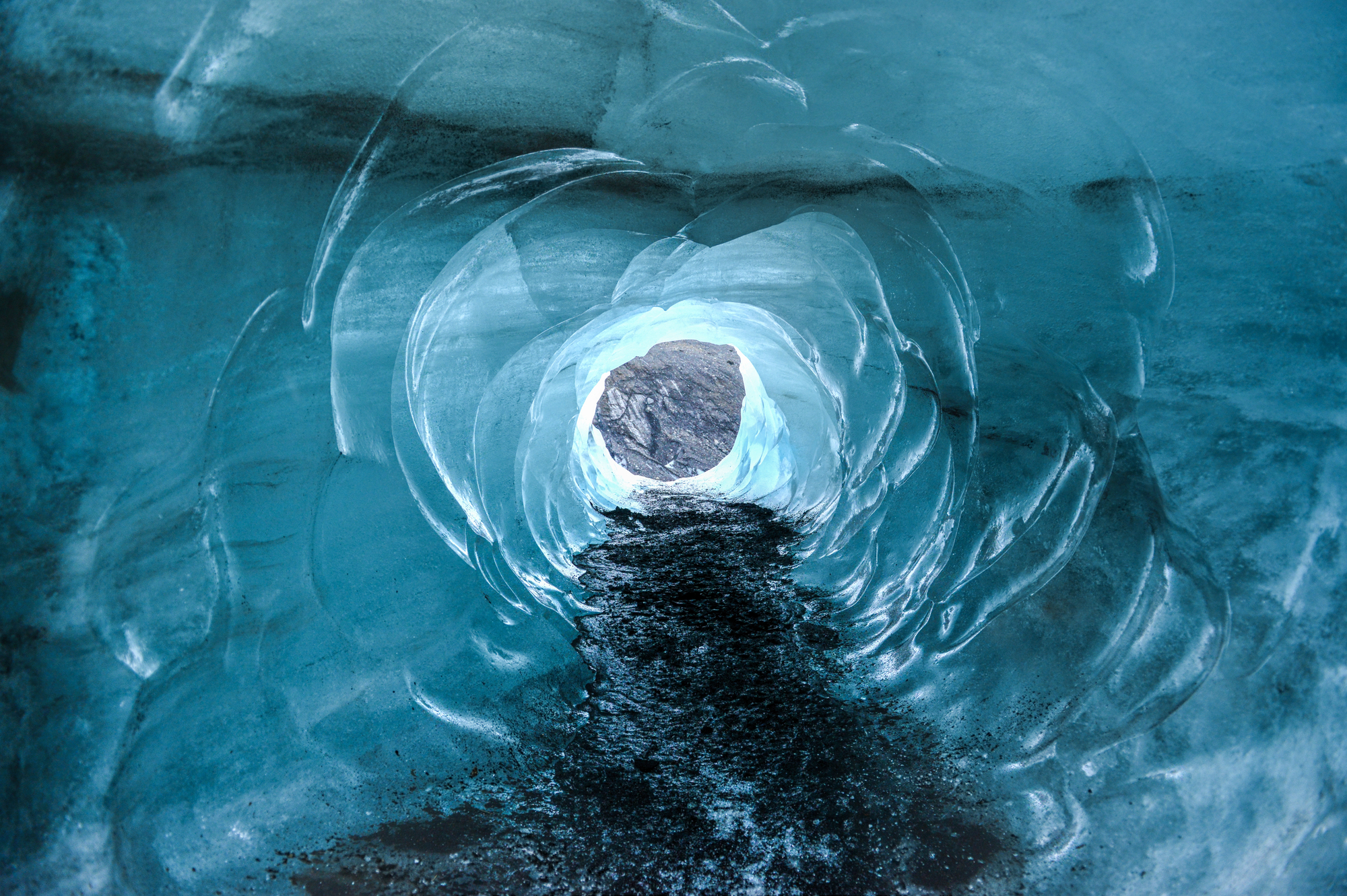
The land of fire and ice offers unique climbing opportunities on waterfall ice formed among volcanic landscapes. The island’s geothermal activity creates unusual ice formations as hot springs interact with freezing temperatures.
The potential to combine climbing with other distinctively Icelandic experiences, like soaking in natural hot springs, makes for a multifaceted winter adventure. The extended twilight of northern winters creates magical lighting conditions for photography enthusiasts.
The Dolomites, Italy
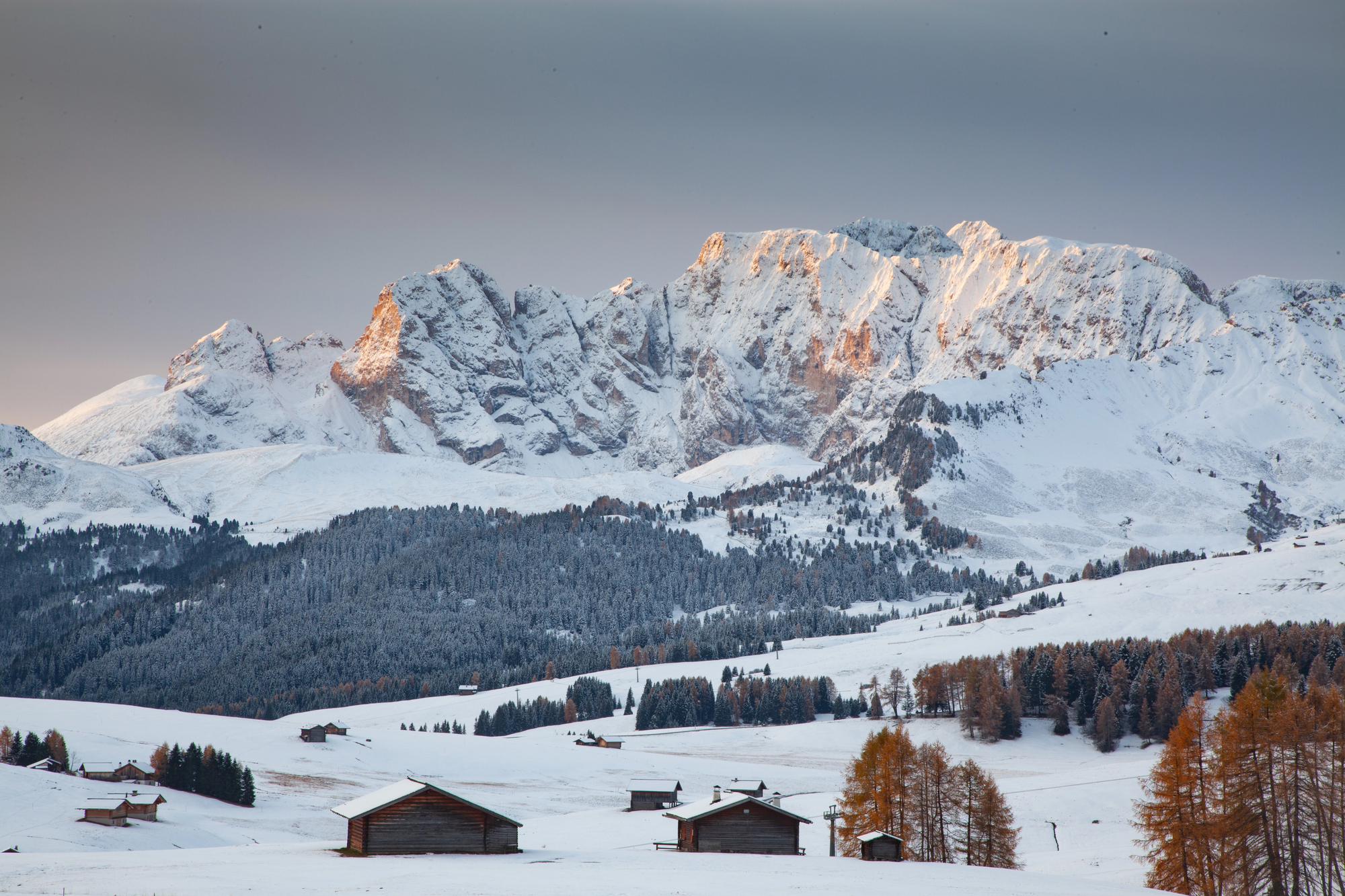
These distinctive limestone peaks in northern Italy host excellent ice climbing when winter conditions cooperate. The cultural blend of Italian and Austrian influences creates a unique mountain atmosphere with exceptional cuisine and hospitality.
The dramatic rock faces, interspersed with ice formations, allow for mixed climbing that combines both disciplines. The historic significance of the Dolomites in mountaineering history adds depth to climbing experiences in this UNESCO World Heritage site.
Beyond the Ice Axe
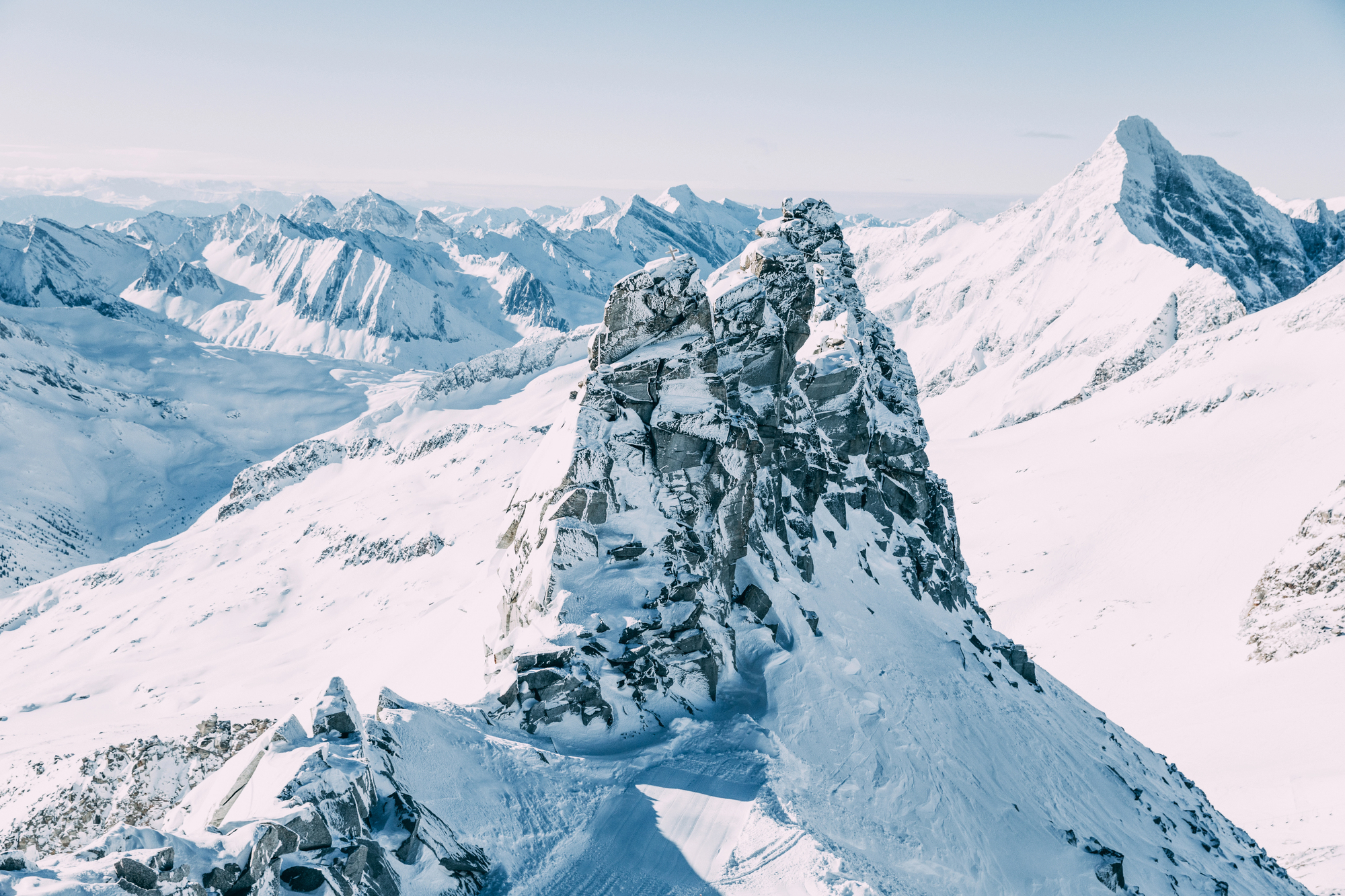
While these 20 destinations represent some of the world’s premier ice climbing locations, countless frozen waterfalls, glaciers, and ice formations await discovery across cold-weather regions globally. As climate change impacts winter conditions in many traditional climbing areas, the community continues adapting, seeking higher elevations, more northern latitudes, or embracing mixed climbing that requires less consistent ice.
Numerous guide services and ice festivals offer safe introductions to the sport for newcomers, while experienced climbers continue pushing boundaries on increasingly technical terrain that blends ice, rock, and alpine challenges.
More from Travel Pug

- Cities Growing so Fast You Won’t Recognize Them in 10 Years
- 13 Destinations Where Tourists Regularly Regret Their Trip
- 16 U.S. Cities That Are Quietly Becoming Travel Hotspots
- Where to Travel If You Love Long Bus Rides and Daydreams
- 20 Cities Perfect for Solo Travelers Who Crave Adventure & Culture
Like Travel Pug’s content? Follow us on MSN.
